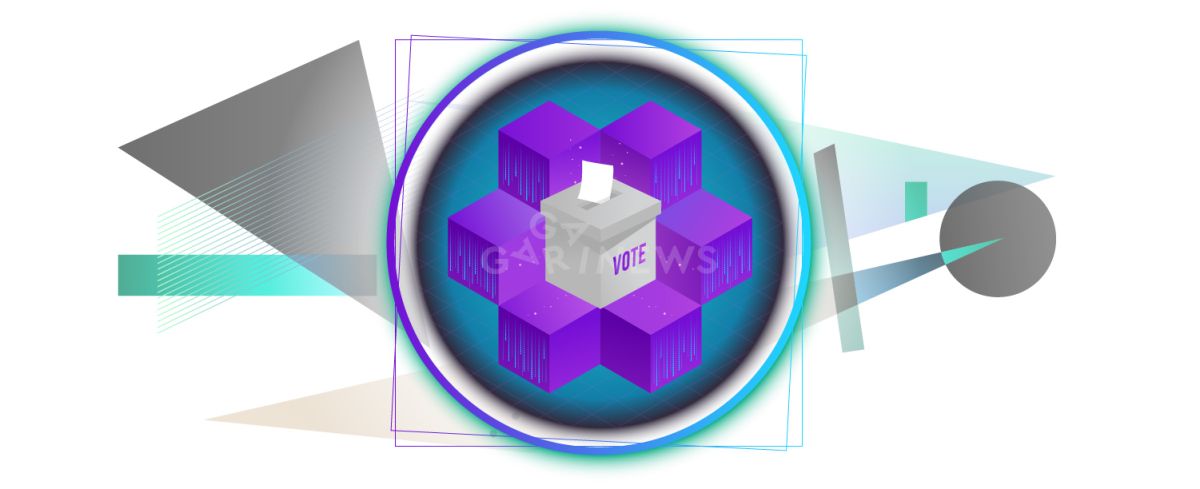How to implement elections on blockchain?

The main difficulty of online elections is to ensure the security and publicity of the voting process, organization and its results.
Blockchain technology presents a good option for current voting system problems due to its useful properties. Data on the network is completely public and protected from external influences. Every voter is able to track the process, as transactions cannot be falsified, because any change will remain visible.
But the reality is that the public authorities have faced a number of obstacles that prevent the blockchain from being implemented into the voting process:
Distrust of voters
Unfortunately many people do not trust the idea of online voting. Even fewer people understand how blockchain works. So the idea of a crypto-based election meets with criticism from the conservative community.
Vulnerability and anonymity
Not everyone has a smartphone, which is necessary for online elections. At the same time, software development will be quite expensive due to the limited number of blockchain specialists and low mobility of the sphere. MIT researchers consider blockchain elections to be unreliable due to privacy issues and possible bugs in the network’s code. Hackers often take advantage of bugs in smart contracts and it should not be underestimated.
Technological challenges
Not every blockchain can handle the network load that occurs overnight in the voting process. For example, 18 million people participate in the presidential elections of Ukraine. A blockchain with a large capacity is needed for voting so that transactions do not “hang” and do not create problems for the network.
The crypto industry can already solve this problem. For example, Stellar can process 1,500 transactions per second, Tron – 2,000, Ontology – 5,000, Solana is theoretically able to handle 50,000 transfers simultaneously. The founders of DFinity claim that the ICP network is able to exceed the performance of competitors by a dozen times, when fully deployed.
In addition, transactions are sent to the mempool and executed in order of priority even if the blockchain is overloaded.
Another concern is also what the voting process will look like from inside. There is a concept of using smart contracts and creating special tokens that will be bulletins for the voter. The election process would then look like this:
It is quite easy to understand such a system, but the main integration challenge is the development of software for voters. It is also worth choosing a blockchain with a small transaction cost to make elections economically feasible. Fortunately, the crypto industry has no problem with it.
In general, blockchain technology looks very promising for the integration of online voting. Solving technological challenges and educating the population on this issue will help to accelerate the process of elections modernization and will create a base for multiple use of technology.
The content on The Coinomist is for informational purposes only and should not be interpreted as financial advice. While we strive to provide accurate and up-to-date information, we do not guarantee the accuracy, completeness, or reliability of any content. Neither we accept liability for any errors or omissions in the information provided or for any financial losses incurred as a result of relying on this information. Actions based on this content are at your own risk. Always do your own research and consult a professional. See our Terms, Privacy Policy, and Disclaimers for more details.

























